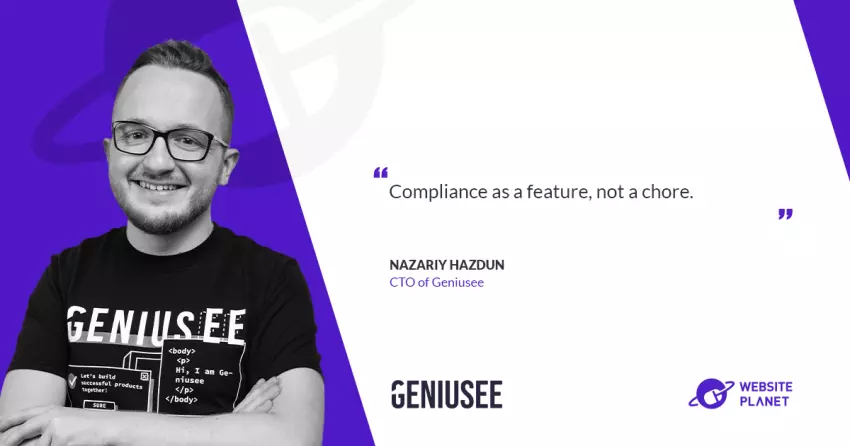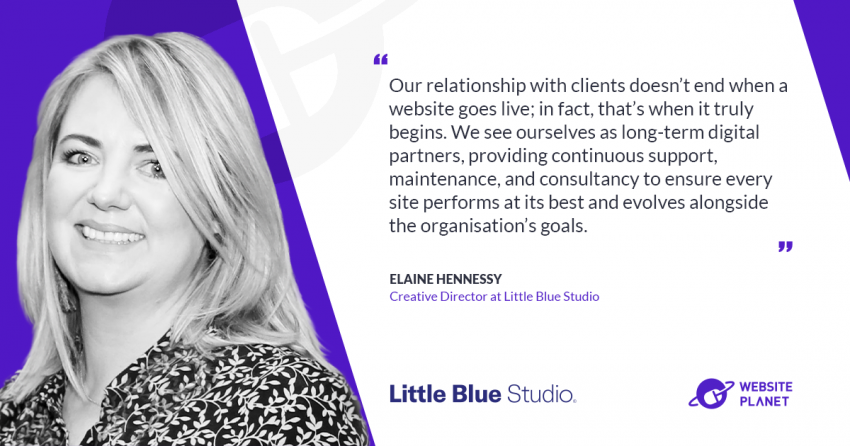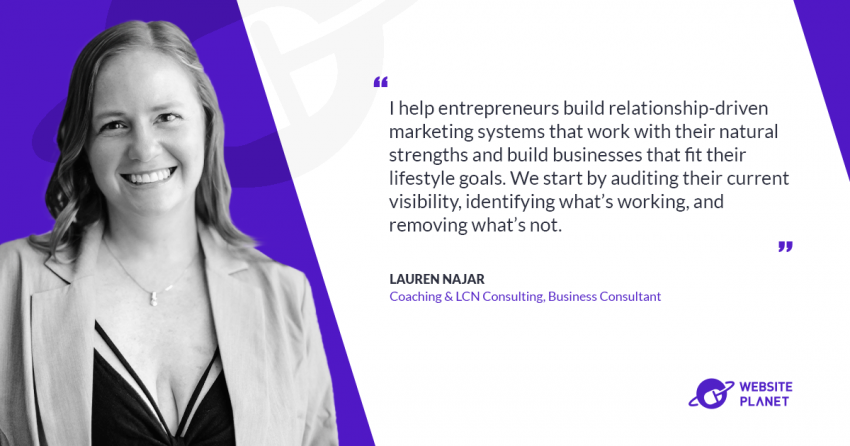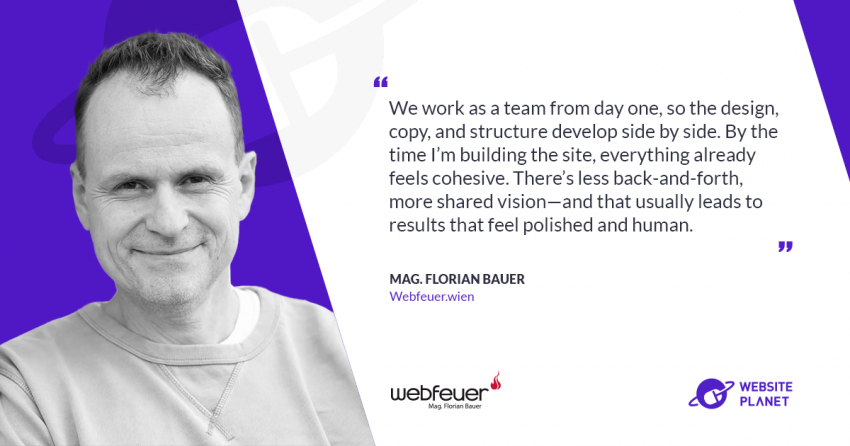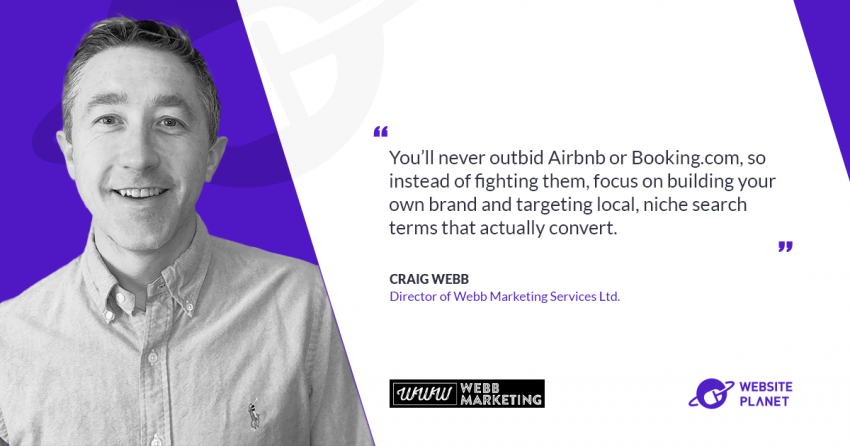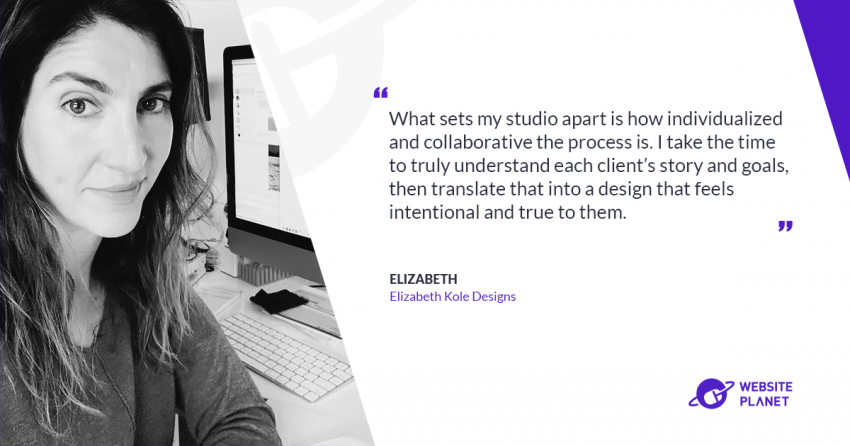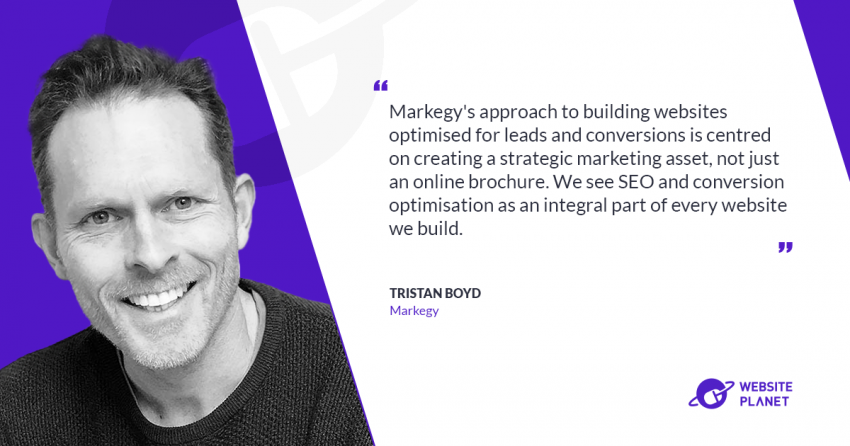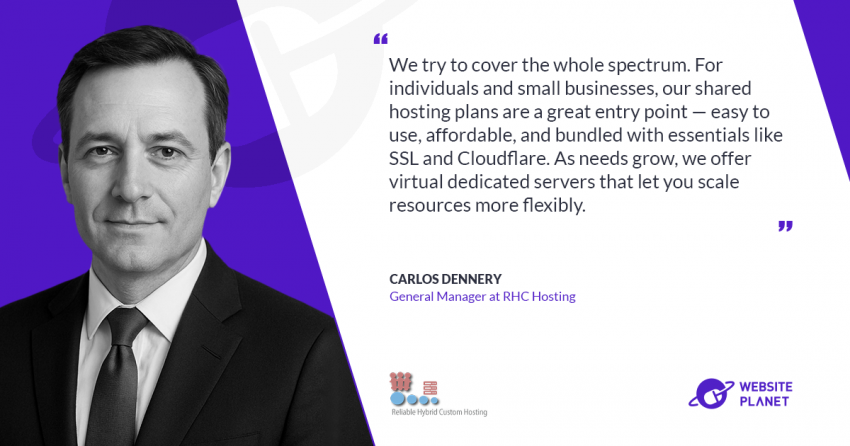Geniusee has been at the forefront of transforming EdTech with AI-powered solutions that make learning platforms truly adaptive and student-centric. In the latest edition of Website Planet interviews, CTO Nazariy Hazdun shares the company’s three-phase journey, insights into the biggest gaps in current LMS technology, and how AI can deliver real, measurable value to both educators and learners.
Can you please briefly detail the journey of Geniusee in EdTech and tell us what spurred the interest of the team in AI-driven learning solutions?
I would divide our trip into three waves.
2017-2019: Foundations. We started with language study and tutoring websites. That phase gave us muscle memory in adaptive testing, teacher workflows, and the grim reality of school data (SCORM, LTI, exported SIS data that never looks the same twice).
2020–2021: The COVID rush. Online delivery was needed yesterday by institutions. We deployed LMSs under ultra-tight deadlines, and AI stopped being a buzzword and became an everyday utility—auto-grading short responses, prioritizing support tickets, and inducting thousands of students without hiring more staff.
2022–today: Productized intelligence. We moved from one-off features to reusable capabilities. In 2025, we formalized an EdTech Center of Excellence and deepened our partnership with AWS, so we could ship faster using a library of prebuilt modules—adaptive sequencing, feedback engines, RAG search, integrity checks—that plug into Canvas, Moodle, Blackboard, or custom stacks with the same interface.
Where are the greatest gaps in current Learning Management Systems, and how does AI help fill them?
STATIC LEARNING FLOWS → ADAPTIVE SEQUENCING. The vast majority of LMSs still provide week-to-week sequences. We take in mastery signals (quiz deltas, time-on-task, hints requested) and resequence materials to a “next best lesson” per student, rather than the median student.
Shallow analytics → Early-risk detection. Dashboards inform you of what occurred, but not of who requires assistance tomorrow. Our models identify at-risk students according to engagement decay, quiz latency, and forum sentiment so staff may take action 1–2 weeks sooner.
Maintain MANUAL content current → Freshness of immediacy. Generative pipelines refresh quiz stems, exemplars, and micro-explainations within hours, rather than semesters, without sacrificing learning goals and difficulty envelopes.
Generic reporting → Astute summaries. NLP shortens extended forum threads and open submissions into point-for-point summaries complete with references, so teachers act on evidence, not assumption.
Personalized learning pathways are all the rage. How do you balance data signals to keep recommendations relevant but privacy-friendly?
We favor a few, strong signals rather than “collect everything.”
● Performance indicators: most recent mastery by goal, error pattern, retries, and hint usage.
● Behavioral tempo: study session recency and spacing, time spent dwelling on concept explanations, drop-off points.
● Context: device/network constraints, access settings, and announced goals (exam date, milestones in the syllabus).
Privacy by design: we minimize PII, run lightweight personalization on-device when possible, aggregate sensitive features (e.g., convert raw timestamps to coarse windows), and retain only what’s needed for learning value. All models are instrumented to abstain when confidence is low and to expose the signals that drove a recommendation in the instructor view.
Specialists tend to refer to “lack of additional value” among the reasons why EdTech products are losing users. What’s an AI feature that concretely provides such missing value?
A few that consistently move the needle:
● Instant, rubric-aligned feedback: An LLM marks against the actual instructor rubric and provides a one-line diagnosis and two focused repairs in seconds. Students take action instantly; instructors get their hours back.
● Adaptive path generator: The system tracks mastery and automatically reshuffles future modules. Students move more quickly without ever being bored or lost.
● Early-warning radar of dropouts: Forecasting indicators of gaps in logins, latency in quiz submissions, and sentiment of forums provide an uncluttered, prioritized staff-outreach list.
● AI-powered content refresher: Stale items are rewritten with current examples, reading levels can be adjusted, and short explainer videos are generated—content stays alive.
● Authoring copilot: Instructors paste a learning objective and receive draft lesson plans, slide outlines, and formative checks, generally reducing prep time by 40–70%.
From a consultancy perspective, if an institution comes to you and wants to renew its LMS, what’s the first diagnostic method you implement?
A 10-day rapid audit that produces action, not a 100-page document.
- Data pull: past 12–18 months of activity and results + content inventory.
- Stakeholder interviews: 30–45 minutes each with instructors, instructional designers, IT, and student reps.
- UX heatmap: where students get stuck, where instructors redo work, where admins intervene.
- Tech scan: integrations, SSO, RAG/data sources, assessment engines, and cost drivers.
- Compliance checking: access, assessment integrity, and data handling.
Deliverables are a ranked backlog of 90-day “quick wins,” a 6–9 month plan of action, and a lean business case (hours saved, ticket deflection, retention lift) per initiative.
Build vs. buy: When do you advise clients to fine-tune their own models versus integrating third-party APIs like OpenAI or AWS Bedrock?
We begin with platform APIs to move quickly and remain agile. AWS Bedrock’s “many models, one API” allows us to deliver an MVP in days and switch providers without rebuilding. You get enterprise security (IAM, KMS, VPC isolation) and don’t have to run GPUs.
We turn to fine-tuning or custom models when:
● Your subject specialty is narrow, and precision requirements are stiff (e.g., clinical training, compliance document drafting).
● Sub-100 ms latency and on-device/on-prem only are a given.
● You require stable, bounded outputs to score at scale (reduced, compact models).
Common pattern is hybrid: Bedrock for the heavy lifting, and a tiny fine-tuned model for a particular task (e.g., rubric scoring) behind the same abstraction.
Hallucination and explainability are still AI pain points. How do you implement guardrails or tooling to ensure outputs are trustworthy?
● By default, grounded generation: In-line citations enriched retrieval responses. In lean sources, the assistant answers “I don’t know” and refers to a human.
● Strict system policies: No medical/legal advice, no grading without rubric evidence, and a “don’t guess” rule enforced in prompts and post-filters.
● Content classifiers + safety filters: Banned topic restriction and capture of low-confidence outputs before they are sent to students.
● Evaluation harness: Representative test sets (student answers, forum questions) with regression tests on every model update.
● Views of explainability: Panels of instructors reveal the sources and features on which an answer or flag depended.
● Human-in-the-loop: High-stakes decisions (ultimate grades, integrity determinations) always need to
Scaling AI within a campus-wide LMS may tax budgets and latency. How do you architect for cost-efficiency and performance?
● Tier your models, not only your servers. Quick hints/autocomplete are executed on lightweight 7B models in the browser through WebGPU; deep reasoning or grading utilizes cloud endpoints. Most requests complete in <300 ms without consuming tokens.
● Use the right cost mode at the right time. Pay-per-token on-call for pilots; take regular workloads (e.g., nightly essay grading) and move them to provisioned throughput/batch to make costs more predictable.
● Only reserve heavy compute when needed. When data needs to remain on-prem, we use open models running on EC2 with Spot or Elastic Inference to prevent idle burn of GPUs.
● Cache aggressively. Cache frequent RAG hits and embeddings in a vector store with TTL; dedupe near-identical queries to reduce tokens and ~100 ms per repeat call.
● Batch the slow, burst the urgent. Asynchronous grading after hours; tiny burstable pool during the day.
● Auto right-size. CloudWatch + usage telemetry downscale during breaks and upscale before exams, mirroring academic demand curves.
You have showcased AI chat help for students and teachers. Which of these use cases—tutoring, course authoring, or administrative assistance—has provided the quickest ROI?
Content authoring wins on speed and certainty. Faculty time is the most constrained resource; giving back hours each week is immediate ROI. Typical impact we see: prep time down 40–70%, more formative assessments per unit, and time-to-publish dropping from weeks to days.
Close second to this is administrative assistance: an FAQ bot attuned to the syllabus deflects 25–40% of everyday queries in the first month, which students perceive as rapid responses.
Looking ahead, which emerging tech—AR/VR, multimodal generative models, or something else—will most affect LMS UX in the next two years?
● Multimodal models (text-image-audio) will turn static courses into observant courses—picture a cell-phone cam watching a chemistry lab and refining technique in real-time.
● Inference on device will matter even more: WebGPU-enabled browser-supported 7B models offer real-time hints offline and make significant cost savings.
● Interoperable credentials will finally connect informal and formal learning: competency graphs that travel with students across schools and employers.
AR/VR will excel in skills training (procedures, labs) when combined with the two: real-time comprehension and on-device distribution.
For EdTech startups who are at the beginning of their AI journey, what “quick-win” experiment would you conduct to prove user interest before a complete rollout?
● AI-automated comment on one piece of work. Comment against a rubric + two targeted corrections within 30 seconds of submission. Success: ≥15% resubmission rate improvement or CSAT ≥4/5.
● FAQ chat widget to support courses. RAG across syllabus, policies, and forum archives. Two-week pilot. Success: instructor ticket drop of ≥30% and favourable responses of ≥60%.
● Automatically generated practice quiz. Five mastery-congruent MCQs from the previous day’s lesson, as a push. Success: ≥40% CTR and ≥10% next-day retention lift
● Early-warning dashboard. Simple model of log-in gaps + quiz latency; give instructor nudges. Success: ≥25% re-engagement and week-1→week-3 churn down ≥5 pp.
Both are constructible within 2–3 weeks, nicely instrumented, and scaled or sunset accordingly as per data.
In conclusion, what are you personally most thrilled about regarding the future of AI in education, and how is Geniusee positioning itself to lead?
I’m excited by multimodal, mixed-reality tutors that can see a task, hear a question, and coach in the moment—plus pocket coaches that run in the browser so help is instant and private. I’m also bullish on learning passports—verifiable, AI-maintained competency graphs that follow learners to employers—and on emotion-aware pacing (strictly opt-in) to close the motivation gap in asynchronous courses.
How we stay ahead:
● Continuous R&D sprints with partner universities; every new model gets benchmarked in our in-house “model farm” within 72 hours.
● Early adoption of secure AI platforms (e.g., Bedrock guardrails and provisioned throughput) so we prototype on the latest model families without spinning up new infra.
● Plug-and-play AI library provided as white-label SaaS—so clients have service velocity with product reliability (and we synchronize services revenue with ARR).
● Compliance as a feature, not a chore. We’re harmonizing to the EU AI Act now—bias audits, provenance logs, explicit opt-outs—so when deadlines arrive, our customers are already there.
To learn more about Geniusee, you can visit geniusee.com
